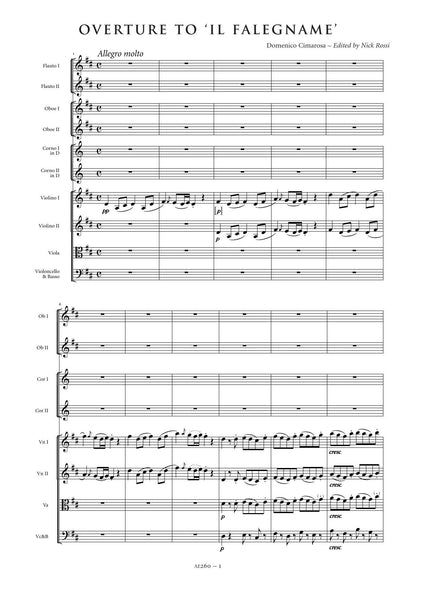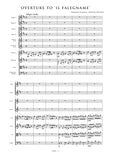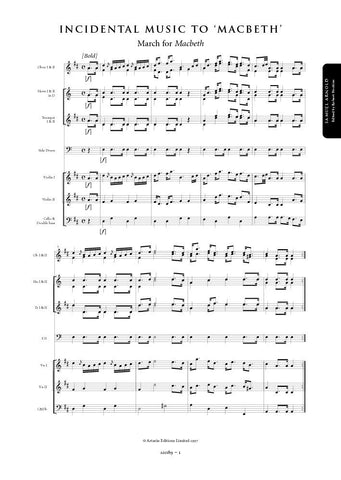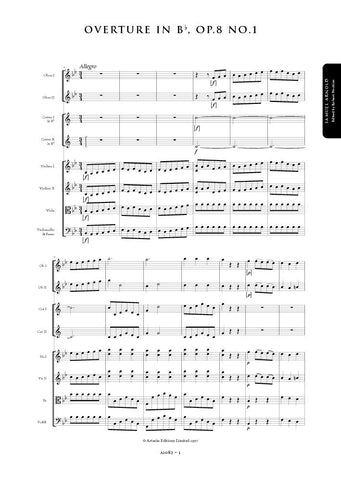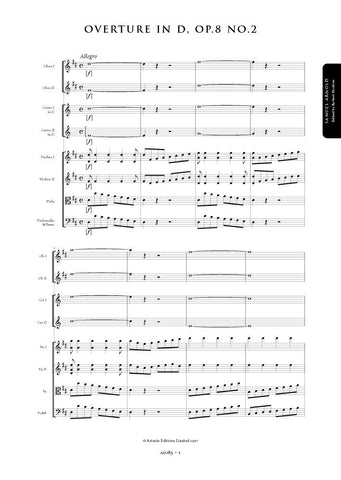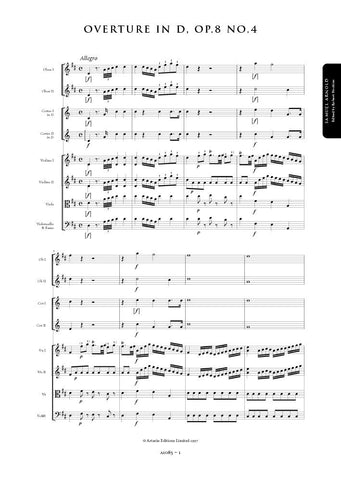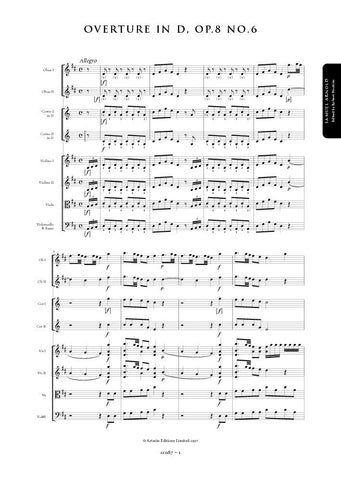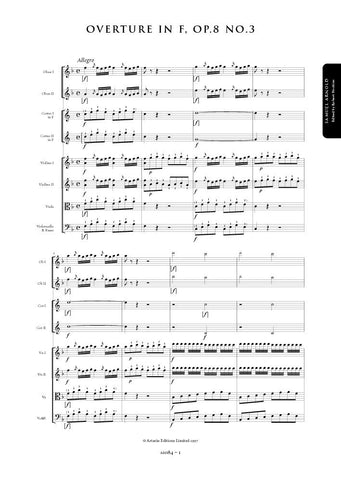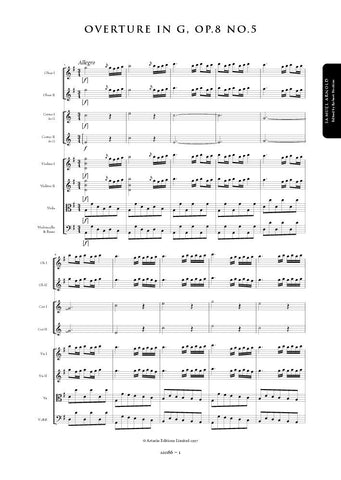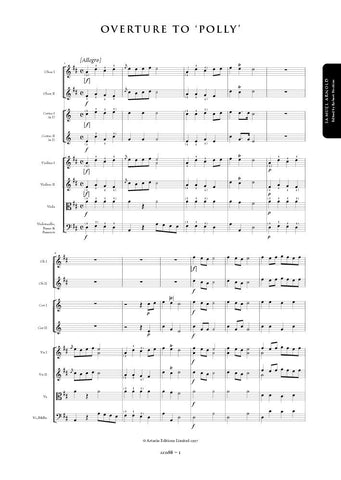Cimarosa, Domenico: Overture to 'Il falegname' (AE260) – sheet music
Previous Product Next Product
Description |
Cimarosa, Domenico (1749-1801)
|
||||||||||||||||
Audio sample |
|||||||||||||||||
Details |
Il Falegname (The Carpenter) is a comic opera (technically a commedia per musica or opera buffa) composed on commission by Domenico Cimarosa as the second opera for the 1780 season at Teatro dei Fiorentini in Naples. It was such a huge success that it was remounted many times in the next few years: in 1781 at Teatro alla Scala in Milan, during the 1782 season in Bologna,Mantua, Florence and Prague. The following year, 1783, it opened at the Burgtheater in Vienna, a production later remounted that same year in Graz. Joseph Haydn produced the opera at Esterháza for the season 1783-84. Foreign language productions included one in Russian (Moscow, 1783) and one in Spanish (Madrid, 1793). Later performances included those in Graz (1783), Venice (1784), Dresden (1787), at the Royal Palace of Charlottenburg in Berlin (1789), and Warsaw (1792). It was remounted at Teatro dei Fiorentini in Naples for the 1791 and 1803 seasons. A version of this opera titled L'Artista (The Artist) was produced during the summer of 1789 in Treviso, a production repeated later that same summer at Udine. It was also mounted for Carnival in Zara, Austria, in 1789. In spite of all this early success the opera has apparently not been mounted since the very early 19th century. The story is a frivolous one as is common with such opera buffe. Having lost her husband and thus her fortune, Elena, an honest, fun-loving widow, turns her charms on Mastro Sozio, the wealthy old carpenter who adores her. Together with her maid Bellona and her cousin Grazina, they trick Sozio into believing that Elena returns his adoration. (Sozio has been constantly showering Elena with gifts and money). Elena's scheme is complicated by the arrival of Don Verlado, a Maltese corsair whom she had promised to marry. He has, however, fallen in love with Analgilda, an African girl he has captured at sea. Don Velardo tries various schemes to prevent his own marriage to Elena. Meanwhile, while implementing a plot he has devised for this purpose, Don Fabio Cartapecaro, the shifty and corrupt legal advisor to Mastro Sozio, also falls in love with Elana. After a complicated series of intrigues and masquerades, Sozio, the carpenter, is finally tricked into marriage with the maid Bellona who has been disguised as her mistress Elena. In the meantime Don Verlado marries the African girl he adores, Anagilda; Elena finally weds the crafty lawyer, Don Fabio. This edition is based on the holograph score preserved in the library of the Conservatorio di musica S Pietro a Majella, Naples (Rari 1-1-7). As is the case with all Cimarosa's autograph material the overture to Il Falegname shows signs of having been composed at breakneck speed. Every conceivable notational shortcut is taken and his placement of articulation and dynamic markings is erratic. It has been necessary, therefore, to frequently interpret the composer's intentions and even at times to impose an editorial solution where his own thoughts are not clear. Cimarosa introduces a pair of flutes in the middle of this ternary-form movement but does not use them at any other point. No mention of the instruments is made in the initial staff designations. In making sense of Cimarosa's score the style and notation of articulation and dynamic markings have been largely standardised throughout, and, where missing, markings have been reconstructed from parallel passages. These are indicated by the use of dotted slurs or brackets where appropriate. Obvious wrong notes have been corrected without comment; editorial emendations with no authority from the source are placed within brackets. Nick Rossi |




